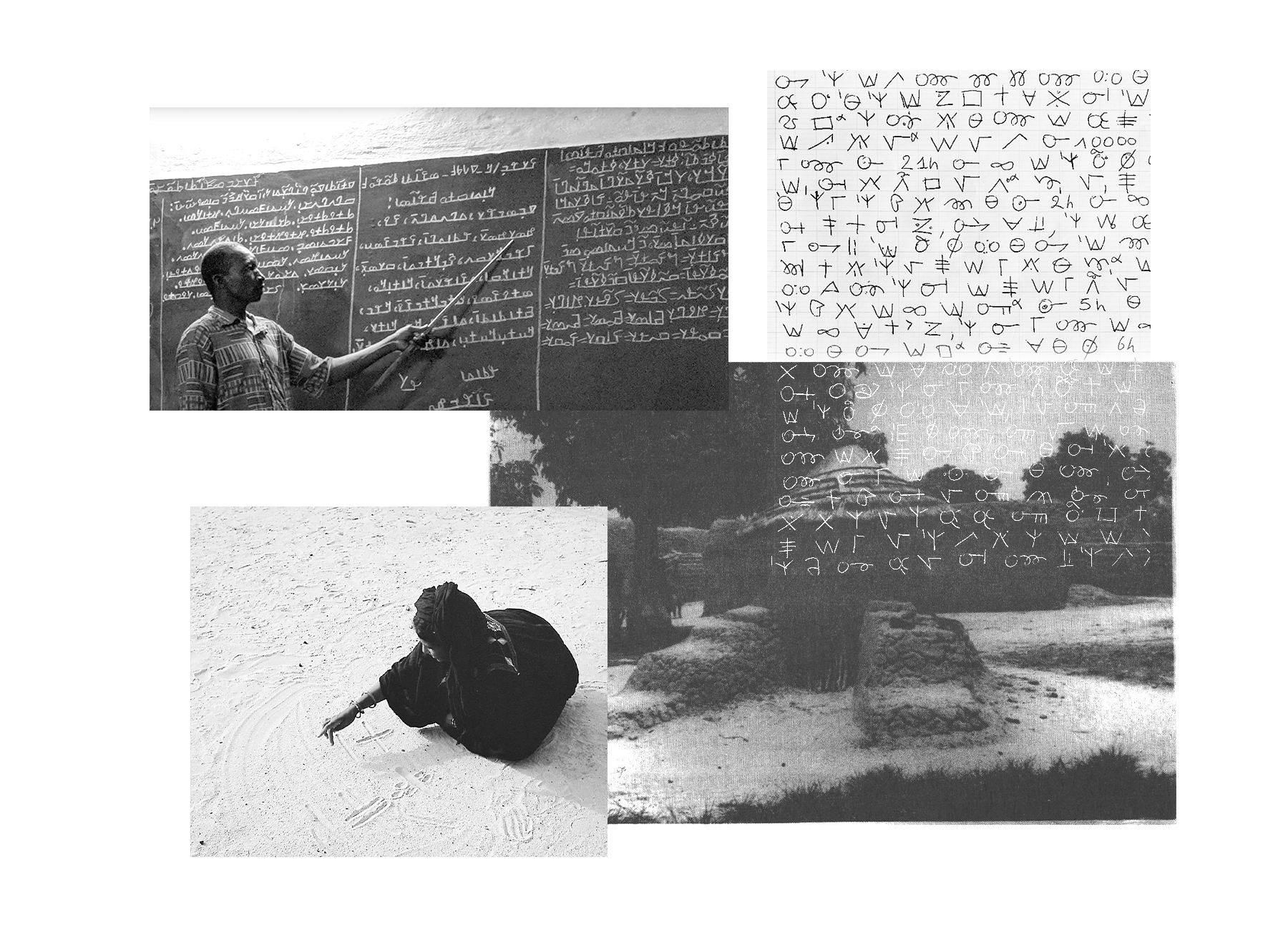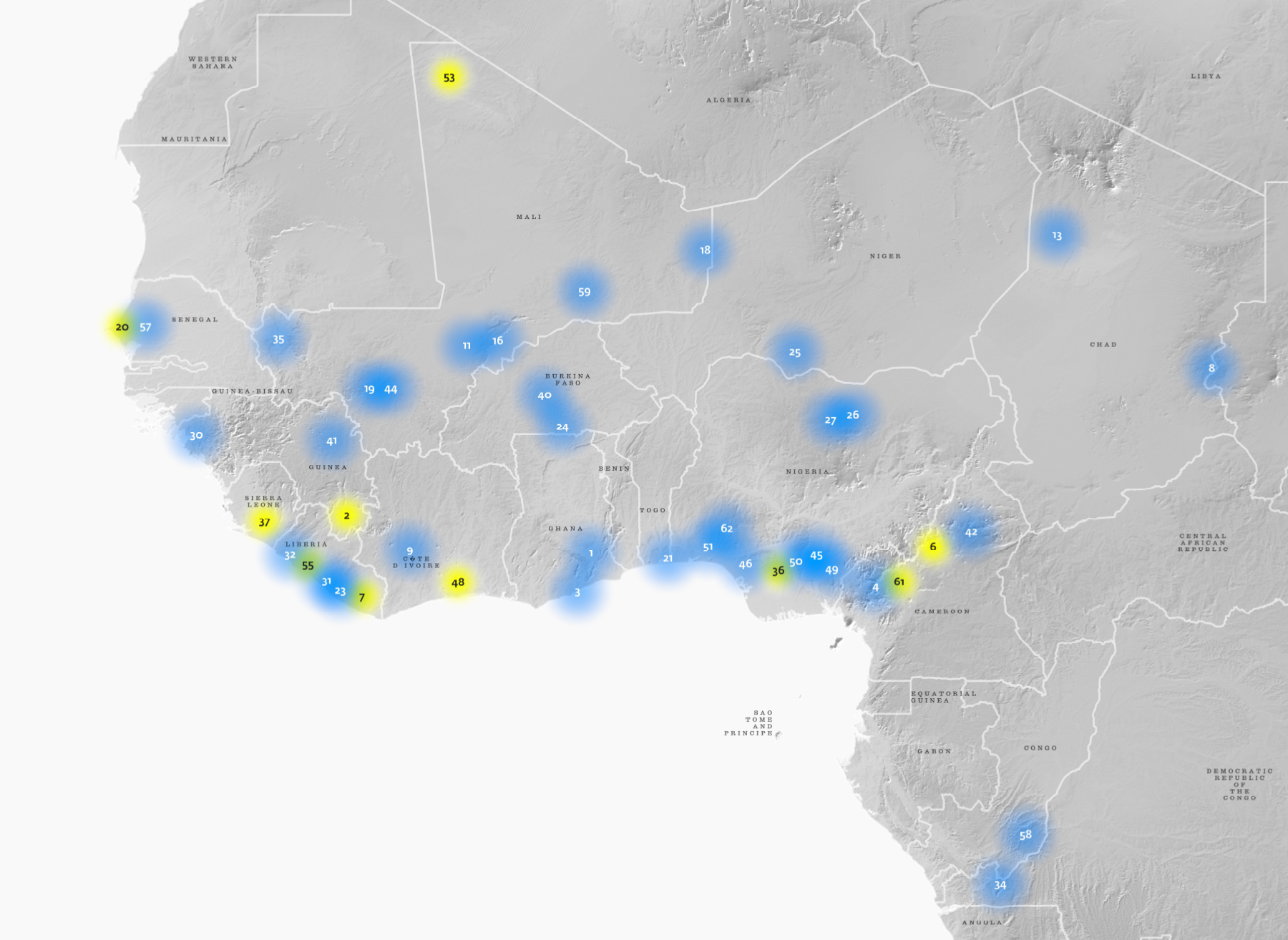The Missing Scripts 2024: Masaba & The West African Forest of Symbols
Nunzio Mazzaferro zoom”Africa deconstructs our knowledge on writing because she has been excluded from it.”
— Simon Battestini
Many writing systems from Africa show us how our understanding of the graphic function of writing is seriously limited by the assumption that codification of language must always come first.
When independent African states faced the problem of transcribing languages with a long oral tradition, a true forest of symbols emerged, the use and structure of which no one had ever analyzed. Today we know these symbols and patterns carry, preserve and present aspects of beliefs, history, social values, cultural norms, political organization and philosophy.
In West Africa’s highly multilingual landscape, Masaba was created in 1930 in Mali. Unlike others, Masaba emerged independently as a truly Manding system, without influence from Arabic or Latin traditions.
The project seeks to develop Masaba’s first digital typographic family within the broader context of writing systems that stand as a testaments to indigenous reclamation of cultural autonomy against domination.

